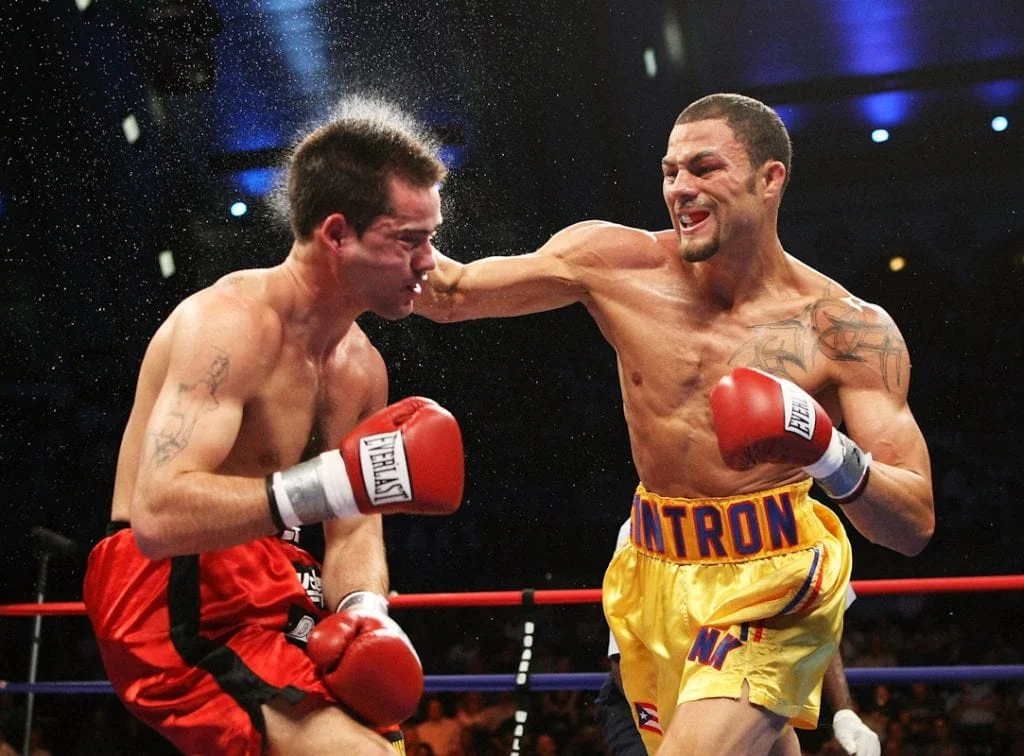The Rich History of Boxing: From Ancient Combat to Modern-Day Sport
Boxing, often regarded as the “sweet science,” has a storied history that spans thousands of years. From its primitive origins to its evolution into a regulated sport, boxing has played a significant role in cultures around the world. The history of boxing is not only a tale of human strength and endurance but also one of societal development, reflecting the values, struggles, and transformations of different eras. This article explores the deep-rooted history of boxing, tracing its journey from ancient combat rituals to becoming one of the most popular sports in the modern era.
The Origins of Boxing: Ancient Civilizations and Combat Sports
The roots of boxing can be traced back to ancient civilizations. Historical evidence suggests that the earliest forms of boxing date back to around 3000 BCE in Egypt. In these early contests, participants would use their fists to settle disputes or showcase their strength. Similarly, in ancient Mesopotamia and Greece, boxing was often part of combat training and military preparation, regarded as a test of strength, bravery, and endurance.
The ancient Greeks formalized boxing as a sport around 688 BCE when it was included in the Olympic Games. Known as “pygmachia,” this early form of boxing featured fewer rules than today’s sport, and combatants fought without rounds until one could no longer continue. Greek boxers wrapped leather straps around their fists for protection, which eventually evolved into the more padded gloves we see in contemporary boxing.
The Roman Empire also embraced boxing, albeit in a more brutal form. The Romans modified Greek boxing by adding metal studs to the leather straps, creating a dangerous and sometimes deadly spectacle for gladiatorial combat. However, with the fall of the Roman Empire, organized boxing largely disappeared from Europe, only to resurface centuries later.
Boxing in the Middle Ages and the Renaissance
Boxing as a sport experienced a long hiatus in the Middle Ages, but elements of it survived in various forms of combat sports and brawls. During this period, fighting with fists remained a popular pastime in Europe, particularly in England, where it was considered a sport of the lower classes. It wasn’t until the 17th century that boxing began to see a revival, evolving into a more organized form.
The early 18th century saw the emergence of “bare-knuckle boxing” in England, which laid the foundation for modern boxing. Fighters like James Figg, considered the first English champion, helped popularize the sport. Figg’s successor, Jack Broughton, is credited with introducing the first set of boxing rules in 1743, known as “Broughton’s Rules,” to provide a semblance of order and safety.
The Birth of Modern Boxing: The Queensberry Rules
The sport of boxing underwent a significant transformation in the 19th century with the introduction of the “Marquess of Queensberry Rules” in 1867. These rules, which included the use of gloves, three-minute rounds, and a ten-second count for knockdowns, are widely recognized as the foundation of modern boxing. The adoption of these rules marked the end of the bare-knuckle era and established a framework for the sport that prioritized safety and skill over sheer brutality.
The late 19th and early 20th centuries saw boxing gain international recognition, particularly in the United States. Legendary fighters like John L. Sullivan, known as the last bare-knuckle champion and the first gloved heavyweight champion, helped elevate the sport’s profile. This era also saw the rise of prominent promoters and the establishment of governing bodies, which further legitimized boxing as a sport.
Boxing’s Golden Age and Its Global Impact
The early to mid-20th century is often referred to as the “Golden Age of Boxing.” During this period, iconic fighters like Jack Dempsey, Joe Louis, Sugar Ray Robinson, and Muhammad Ali captured the world’s attention with their skill, charisma, and athleticism. Boxing became a symbol of national pride, and matches were often seen as more than just sport, reflecting broader social and political contexts.
Muhammad Ali, in particular, became a global icon not just for his boxing prowess but also for his stance on civil rights and social justice. His matches, especially the “Fight of the Century” against Joe Frazier and the “Rumble in the Jungle” against George Foreman, are etched in the annals of boxing history.
The Evolution of Boxing in the Modern Era
The modern era of boxing has seen further developments, including the establishment of multiple weight classes and sanctioning bodies, such as the WBC, WBA, IBF, and WBO. Boxing has also adapted to technological advancements, with pay-per-view events and digital streaming bringing the sport to global audiences. While boxing continues to face challenges, such as competition from other combat sports like MMA, it remains an enduring and influential part of the sports world.
Conclusion
The history of boxing is a reflection of humanity’s fascination with combat, endurance, and competition. From its ancient origins to its modern-day status as a global sport, boxing has evolved significantly, mirroring the societal changes over centuries. The sport continues to captivate audiences worldwide, standing as a testament to the human spirit’s resilience and pursuit of excellence. As boxing continues to evolve, its rich history remains a foundation upon which new legends are built, ensuring its place in the annals of sporting history.
